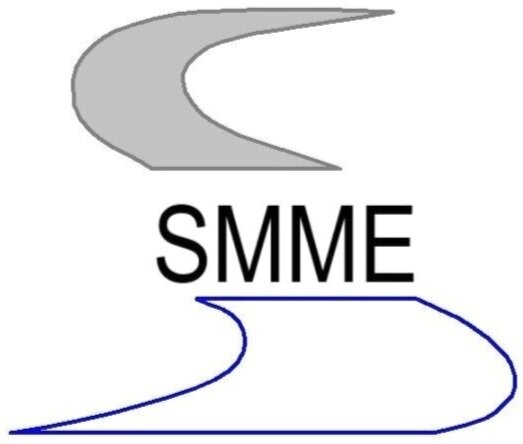NEBS
What is NEBS?
NEBS (BTEX) Process Diagram
Nutrient Enhanced Biological Stimulation (NEBS) is a soil and groundwater remediation technology using bio-stimulation. NEBS is based on the PHOSter technology which was developed in 1994 by the Department of Energy for treatment of trichloroethylene (TCE) at the Savannah River Plant.
How does NEBS work?
NEBS uses low-volume air sparge and gas-phase chemical addition to maintain optimum aquifer conditions for the native microbial population to oxidize/convert contaminants. Low-volume air sparge provides the oxygen required to develop and sustain aerobic conditions and nitrogen as a macronutrient for cell growth. Since phosphate is required for cell energy storage and enzyme development, an orthophosphate is added through intermittent injections into the air stream. Application over two to four months is generally sufficient to provide cell counts better than 10^7 cells per mL. Sustained high cell counts under aerobic conditions allows quick contaminant oxidation/conversion. Click here for information on the CNP ratio.
Target Contaminant History
NEBS has been used to reduce TCE using methogenesis, providing direct reduction without formation of dichloroethylene or vinyl chloride. It is also used to directly reduce common, non-chloronated hydrocarbons (BTEX, naphthalene, total petroleum hydrocarbons (TPH), both gasoline range and diesel range organics), Methyl Tert-butyl Ethylene (MTBE) (under aerobic and anoxic conditions), Ethylene di-Bromide (EDB), Di-Chlorobenzene, Chlorobenzene, Tetra-ethyl Lead conversion to Lead Phosphate (precipitates), and ammonia conversion to nitrate then denitrification under anoxic conditions. Click here for NEBS Case studies.
NEBS System Trailer
Systems
Each system is constructed to fit the site. Microprocessors allow independent control of total air and chemical injection. Human Machine Interfaces (HMIs) allow for client in-field process control, while cellular modem technology is used for remote process monitoring. High quality and trusted components are used to provide optimum system runtimes. Mobile, trailer-mounting minimizes on-site construction and optimizes site space utilization.
Pilot-Test Systems
SMME is able to mobilize a NEBS pilot-test system. These systems can be constructed to fit the specific needs of the study.
Power Use
A typical six-point injector system uses $80/month in power and a typical twelve-point injector system uses $150/month in power.
Air and Chemical Distribution
Site Monitoring and Process Control
In-field analysis allows real-time process control. Monthly or quarterly site sampling is conducted for the following parameters:
pH
Temperature
Dissolved Oxygen
Oxidation-Reduction Potential
Nitrate
Reactive Phosphate
Ferrous Iron
Other Technologies
NEBS has been used to complete corrective action following other technologies; including, Soil Vapor Extraction/Dual-Phase Extraction, Mobile Enhanced Multi-phase Extraction (MEME), In-situ Chemical Oxidation (ISCO), and other bio-stimulation techniques.



